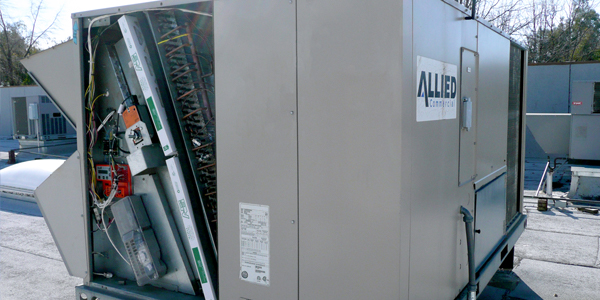Seven Steps to Verify Economizer Performance
Studies have shown that up to 70% of economizers are not functioning correctly. Many economizers are not working or are out of service because of the installation or lack of maintenance. Economizers must be working correctly and saving energy rather than increasing costs. Many times economizer systems are not set up correctly or left to operate in factory default mode. Economizer failures generally do not result in comfort problems causing many failures to go undetected. These problems persist, causing poor filtration, ventilation, and inefficient air exchange resulting in poor indoor air quality and increased energy usage with energy standards and building indoor air requirements not being met.
7 Steps to Verify Economizer Performance
1. Verify the damper movement.
2. Ensure the sequence of operations comply with relevant standards (ASHRAE 90.1 and 62.1)
3. Check the operation of the minimum outside air (MOA) adjustment.
4. Check for failed components such as sensors, linkages, and actuators.
6. Change the start of operation hours (e.g., change 6 am start time to 4 am) to reduce containments of concern before occupancy
7. Demand control ventilation (DCV) can be utilized to alter CO2 concentration limits based on standard practices or current guidance.

Airside economizing (using outdoor air as a cooling medium when conditions are suitable) is one of the most innovative ways for buildings to save energy. It lowers energy consumption, costs, and less maintenance on your HVAC system, improving indoor air quality through increased ventilation. In addition to reduced power costs resulting from increased HVAC system efficiency, owners and operators that utilize airside economizers often have the opportunity to further increase savings by taking advantage of some federal, state, and local energy rebates and incentives.

